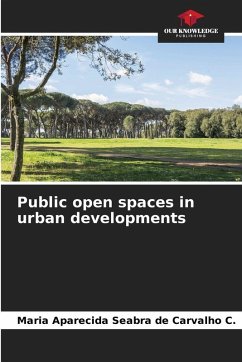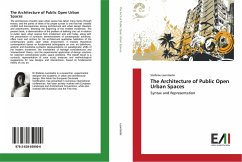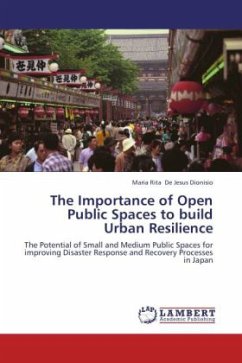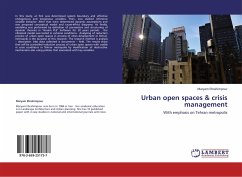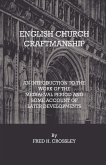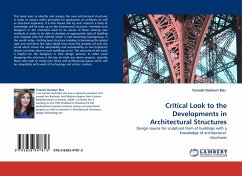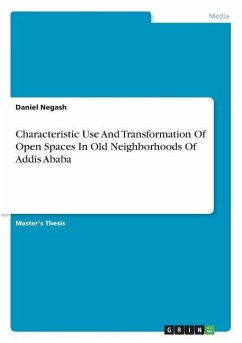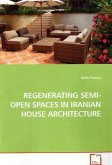When designing a development, designers are required by Brazilian law to reserve a percentage of the land for public open spaces or, as is commonly and inaccurately referred to, green areas. Unfortunately, it is rare for the location of these areas to be chosen based on specific criteria or prior study. This use is reserved for the leftover land that cannot be divided and sold as lots-environmentally sensitive areas, areas with steep slopes, and areas that are geologically and/or morphologically more complex, characteristics that can compromise their use as spaces for social interaction and urbanity. This work aims to clarify the meaning and role of public open spaces in urban areas and suggests attributes to be considered so that they are selected in a way that fulfills their purpose.
Bitte wählen Sie Ihr Anliegen aus.
Rechnungen
Retourenschein anfordern
Bestellstatus
Storno

